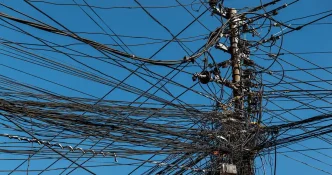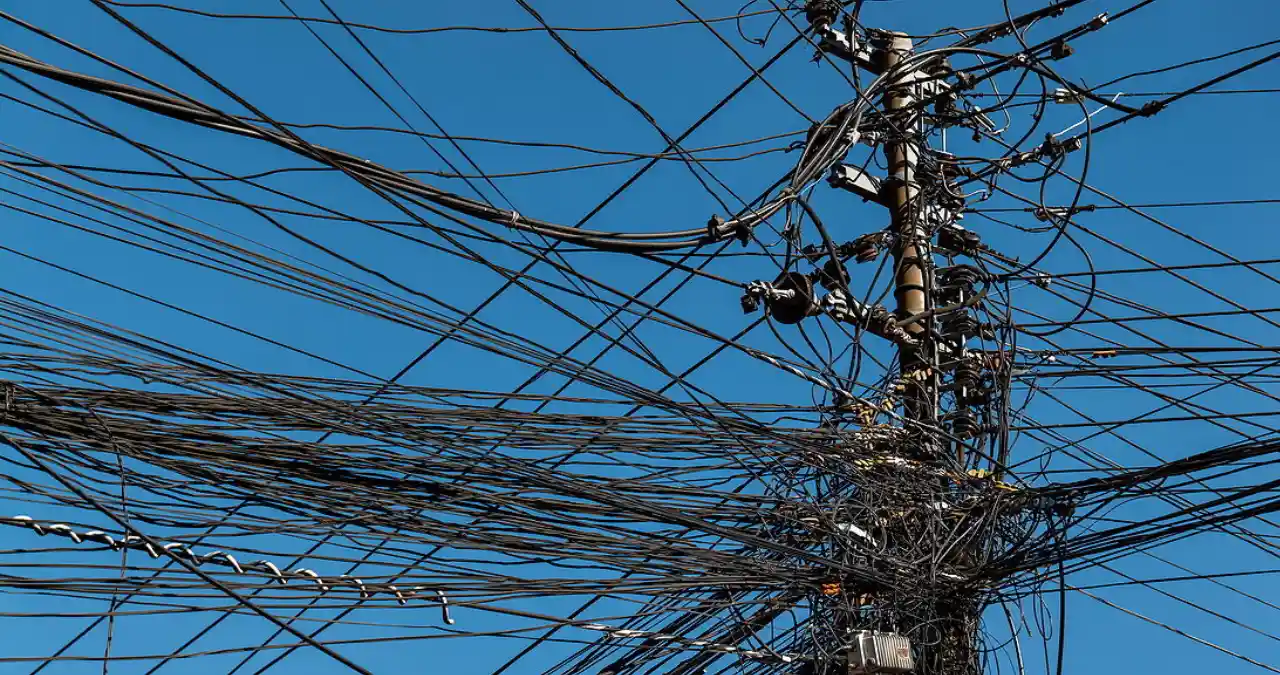In a bid to address the spiraling costs of electricity that have burdened households and businesses alike, the Lao government has ordered urgent measures to mitigate the impacts of a recent price restructuring. The decision, made during the cabinet’s monthly meeting in June, comes as public discontent grows and lawmakers warn of potential economic fallout from the unprecedented hike in energy bills.
Government Responds to Rising Energy Costs
Chaired by Prime Minister Sonexay Siphandone, the cabinet meeting concluded on Wednesday, June 25, 2025, with a directive for relevant sectors to compile a detailed list categorizing groups affected by the electricity price surge. Government spokesperson Sonexay Sitphaxay told local media that the findings would guide the formulation of targeted relief measures. The move follows sharp criticism from National Assembly (NA) members during the body’s 9th Ordinary Session, which wrapped up on Thursday, June 26, 2025. Lawmakers voiced concerns that the price increase, intended to stabilize the finances of state-owned Electricite du Laos (EDL), could exacerbate economic hardship amid already high inflation.
The electricity price adjustment, according to government statements at the NA session, aims to reflect the true operational costs of EDL. The state enterprise has struggled with significant debt, partly due to extensive investments in expanding the power grid to remote communities where service provision is not commercially viable. However, the policy has sparked fears of broader economic consequences, with NA members cautioning that the hike could force businesses to scale back operations or shut down entirely.
“Instead of boosting revenue, this policy could force companies to cut their operations or close altogether” said NA member for Savannakhet province, Mr. Xayadeth Phuiyavong, during a heated debate on the issue. The NA resolution adopted at the session urged that any adjustment to electricity pricing must consider the living conditions of citizens, agricultural production, and the viability of small-to-medium-sized enterprises. It also emphasized the need for pricing reforms to align with ongoing efforts to improve EDL’s operational efficiency after years of sustained financial losses.
Economic Pressures and Public Sentiment
Laos, a landlocked nation heavily reliant on hydropower as a key economic driver, faces a delicate balancing act. The country’s push to become the “battery of Southeast Asia” through extensive dam construction and electricity exports to neighboring Thailand and Vietnam has placed significant financial strain on EDL. The recent price hike, while aimed at addressing these fiscal challenges, has added to the economic woes of ordinary citizens already grappling with inflation and limited income growth. For many households, particularly in rural areas, higher energy bills could mean cutting back on essentials or forgoing electricity altogether in favor of traditional energy sources.
Small businesses, a critical backbone of the Lao economy, are also feeling the pinch. In Vientiane, local shop owners have expressed frustration over the rising costs, which threaten to erode already thin profit margins. The agricultural sector, a lifeline for much of the population, faces similar challenges, as increased electricity costs for irrigation and processing could drive up food prices, further straining household budgets. If left unaddressed, these pressures could fuel broader public discontent, potentially undermining the government’s socio-economic targets for the year.
The NA’s call for a pricing structure that aligns with living conditions reflects a growing recognition of these challenges. Yet, the path forward remains unclear. While the government has pledged to explore mitigation measures, the specifics of such policies—whether subsidies, tiered pricing, or direct financial aid—have yet to be outlined. The urgency of the situation is evident, as delays in implementing relief could deepen economic hardship and erode public trust in state institutions.
Broader Reforms and Challenges
Beyond the electricity crisis, the June cabinet meeting addressed other pressing issues, signaling a broader push to stabilize the economy. The government ordered state bodies to expedite the reallocation and reassignment of personnel following a reduction in the number of ministries from 17 to 13, with a deadline set for the end of July 2025. Similar restructuring in local departments is slated for a later date. This streamlining effort aims to improve administrative efficiency and reduce public expenditure, though it risks short-term disruptions as civil servants adjust to new roles.
Additionally, the cabinet highlighted the need for proactive measures to meet this year’s socio-economic targets amid ongoing financial and economic difficulties. The instruction underscores the multifaceted challenges facing Laos, from inflationary pressures to structural inefficiencies in state enterprises like EDL. The government’s ability to deliver on these targets will likely hinge on its capacity to balance fiscal responsibility with social welfare, a task made more complex by external factors such as global economic volatility and regional trade dynamics.
Natural Disasters Compound Economic Strain
Compounding the economic strain, Laos is also recovering from recent natural disasters. Tropical storms have battered several provinces, damaging infrastructure and displacing households. The cabinet directed relevant ministries to develop a long-term recovery plan, with a focus on repairing roads and managing water levels in reservoirs at hydropower plants. These efforts are critical, as infrastructure damage not only hampers daily life but also disrupts economic activities, particularly in rural areas reliant on agriculture and small-scale trade.
The intersection of natural disasters and economic policy challenges highlights the vulnerability of Laos to both environmental and fiscal shocks. Hydropower, while a cornerstone of the national economy, is particularly sensitive to climate variability, with storms and flooding posing risks to dam operations and energy production. The government’s recovery plan will need to address these interconnected issues, ensuring that infrastructure repairs and disaster relief do not come at the expense of broader economic reforms.
Regional Context and Economic Implications
The electricity price hike in Laos also carries implications for the wider Southeast Asian region. As a major exporter of hydropower, Laos plays a pivotal role in the regional energy market, supplying electricity to Thailand and Vietnam under long-term agreements. Any disruption to domestic energy policy could ripple outward, affecting cross-border trade and energy security. Neighboring countries, particularly Thailand, which relies on Lao hydropower for a significant portion of its energy needs, will be watching closely to see how the government navigates this crisis.
Moreover, the situation in Laos mirrors broader regional trends, as governments across Southeast Asia grapple with balancing energy affordability with the financial sustainability of state utilities. In Vietnam, for instance, similar debates over electricity pricing have emerged, with authorities facing pressure to subsidize costs for low-income households. In Thailand, energy policy remains a contentious issue, with public protests occasionally erupting over perceived inequities in pricing structures. For Laos, learning from these regional experiences could offer valuable insights into crafting effective mitigation measures.
Looking Ahead: A Test of Governance
As the Lao government works to compile data on affected groups and design relief measures, the coming months will serve as a critical test of its ability to respond to public needs. The electricity price hike, while rooted in the legitimate need to address EDL’s financial woes, has exposed deeper tensions between economic reform and social stability. Striking the right balance will require not only policy innovation but also transparent communication with citizens to rebuild trust and manage expectations.
For now, the people of Laos wait anxiously for solutions. Whether the government can deliver targeted relief without compromising fiscal goals remains an open question, one that will shape the country’s economic trajectory and political landscape in the year ahead.















